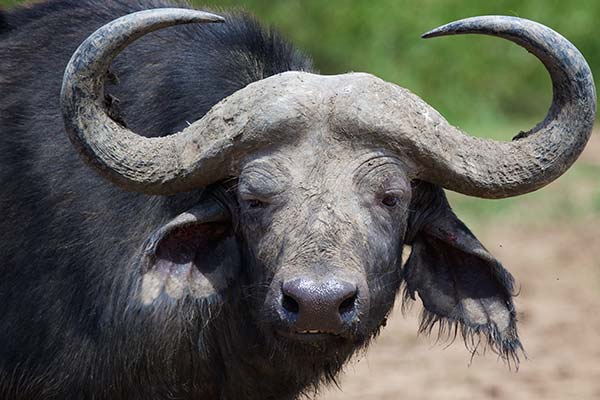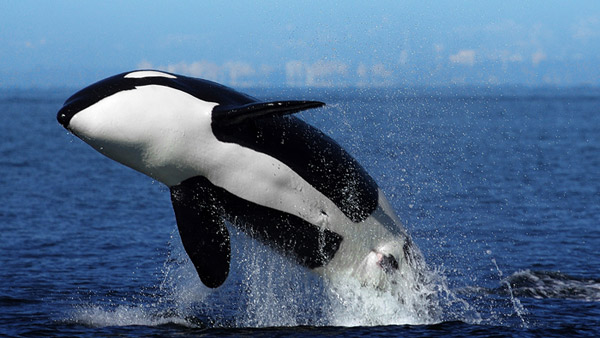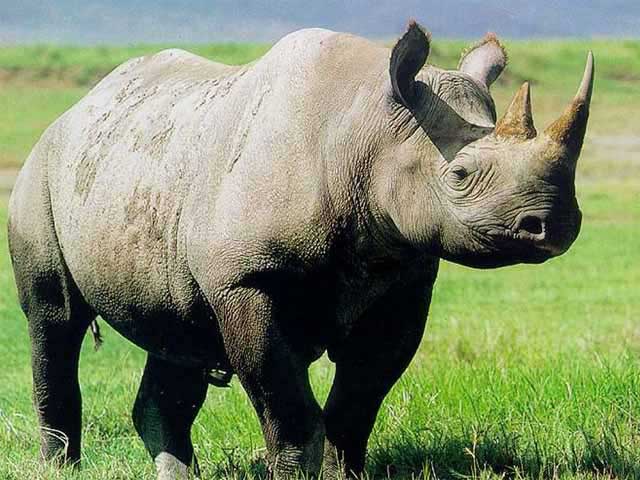Wild Water Buffalo
The wild water buffalo, also called Asian buffalo and Asiatic buffalo, is a large bovine native to the Indian Subcontinent and Southeast Asia. It is listed as Endangered in the IUCN Red List since 1986, as the remaining population totals less than 4, 000, with an estimate of fewer than 2, 500 mature individuals. The population decline of at least 50% over the last three generations (24–30 years) is projected to continue. The global population has been estimated at 3, 400 individuals, of which 3, 100 (91%) live in India, mostly in Assam. The wild water buffalo represents most likely the ancestor of the domestic water buffalo.
Characteristics
Wild water buffalo are larger and heavier than domestic buffalo and weigh from 700 to 1200 kg. Their head-to-body-length is 240 to 300 cm with a tail 60 to 100 cm long, and a shoulder height of 150 to 190 cm. Both sexes carry horns that are heavy at the base and widely spreading up to 2 m along the outer edges, exceeding in size the horns of any other living bovid. Their skin color is ash gray to black. The moderately long, coarse and sparse hair is directed forward from the haunches to the long and narrow head. There is a tuft on the forehead, and the ears are comparatively small. The tip of the tail is bushy; the hooves are large and splayed.
They rank alongside the gauras the heaviest living wild bovid species, as both attain similar average if not maximum weights, although, with their stockier, shorter-legged frame, wild water buffalo are somewhat less in length and height than the gaur.
Read the full article on Thai National Parks Website




